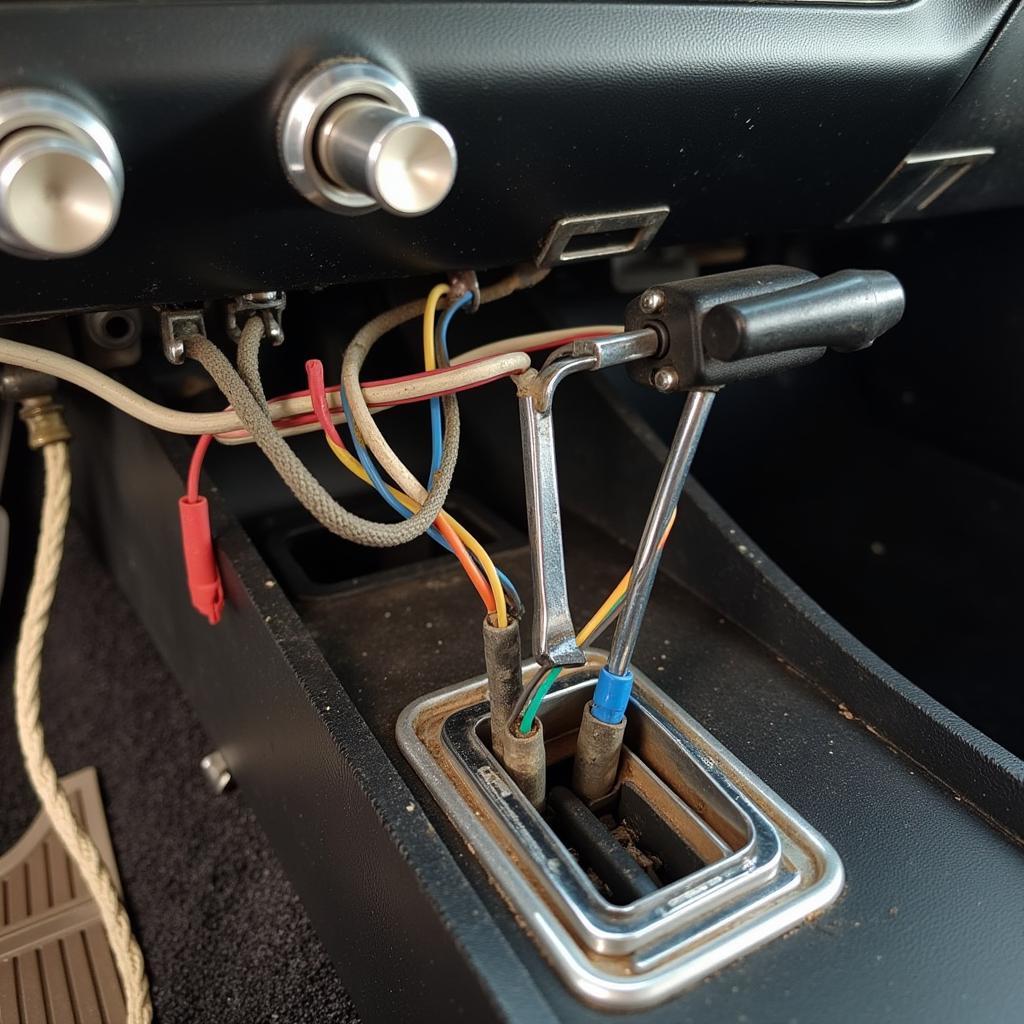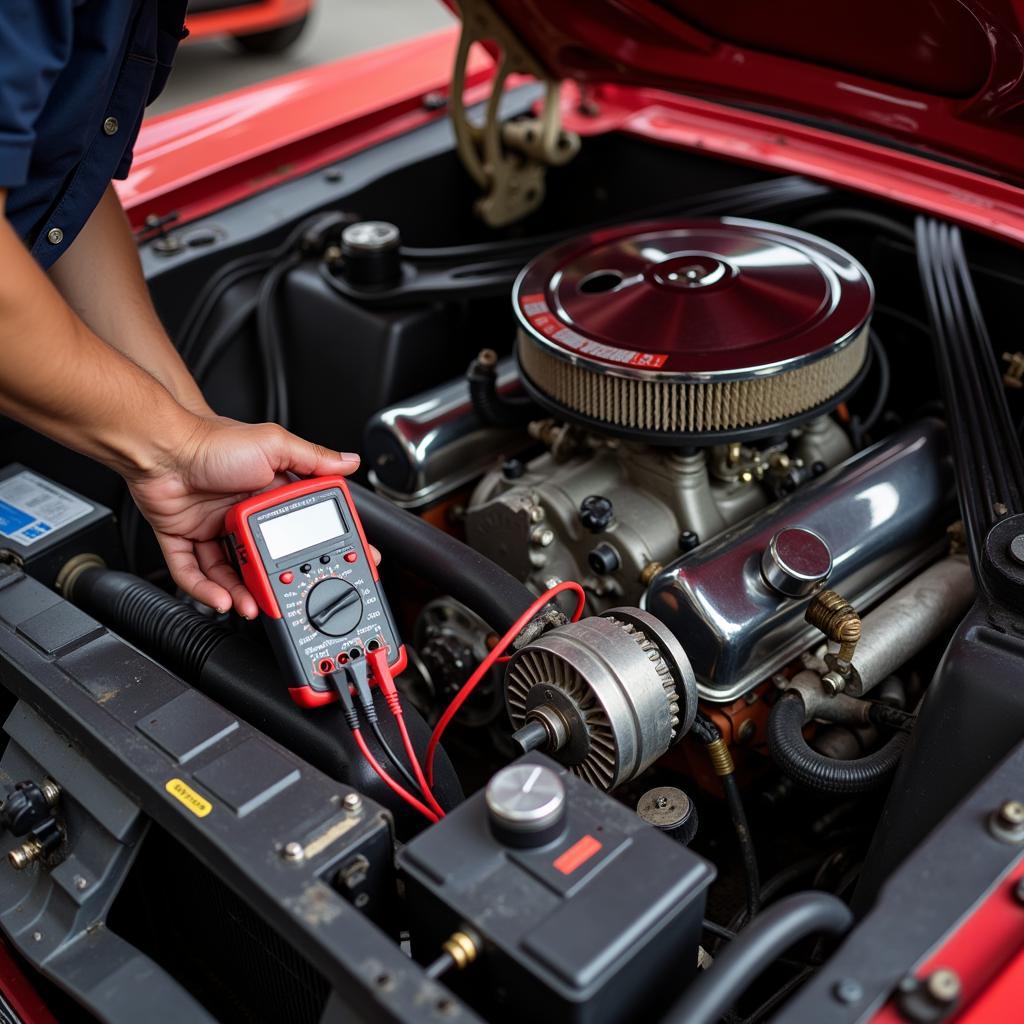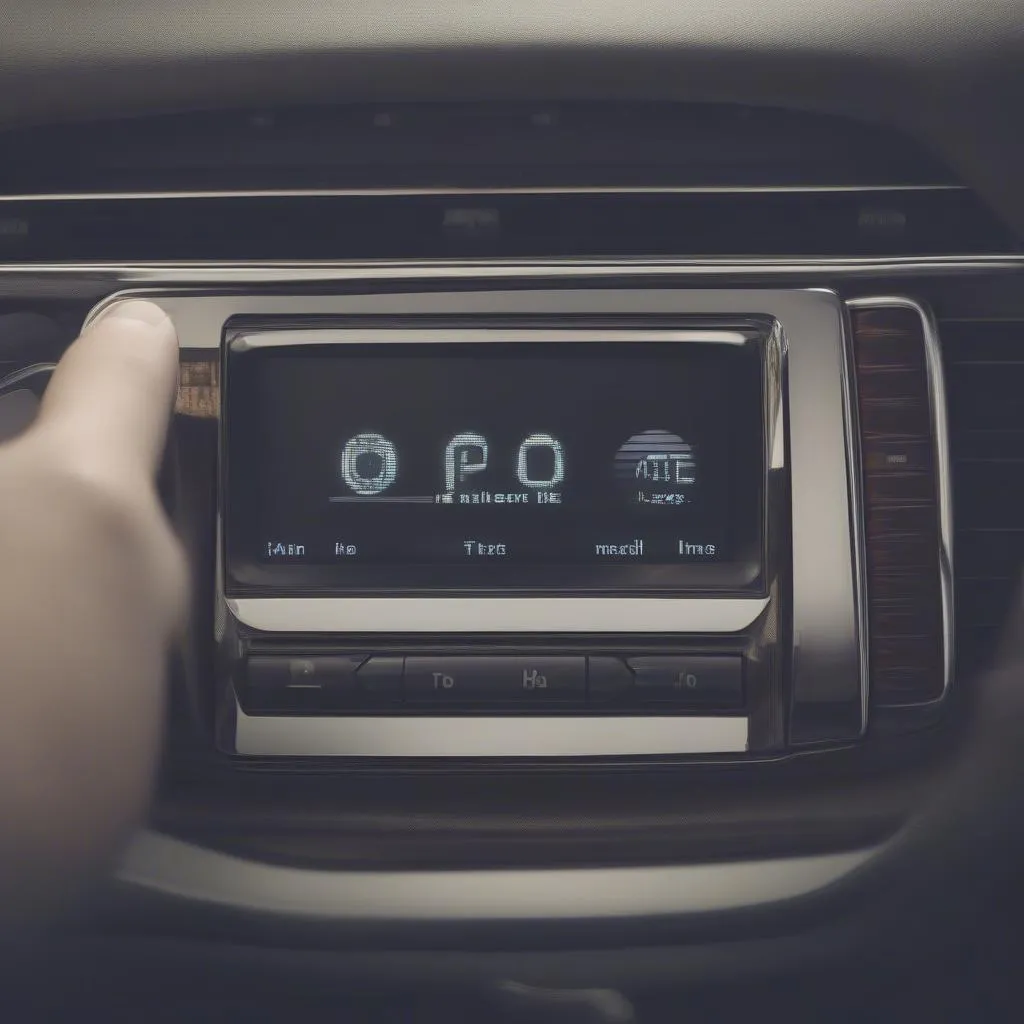The 1966 Mustang, a classic embodiment of American muscle, unfortunately, wasn’t equipped with the sophisticated warning systems of today’s vehicles. While it lacks the intricate seat belt warning systems found in modern cars, understanding the potential causes behind an illuminated warning light can save you from headaches and keep your vintage ride safe.
Common Causes of Warning Light Issues in a ’66 Mustang
While a dedicated “seat belt” warning light wasn’t a feature in a ’66 Mustang, several electrical issues can cause lights to malfunction or illuminate unexpectedly. Here are the most common culprits:
-
Faulty Wiring: Over time, the wiring in your classic Mustang can become brittle, frayed, or corroded. This can lead to shorts, open circuits, and a host of electrical gremlins, including malfunctioning lights.
-
Bad Ground Connection: A poor ground connection is a frequent culprit in electrical issues on older vehicles. If the ground wire connecting to the light isn’t properly grounded, the light might flicker, stay on constantly, or not illuminate at all.
-
Incorrect Bulb: It might seem obvious, but always double-check that the correct bulb is installed in the socket. A bulb with a different wattage or voltage rating can cause unexpected behavior.
-
Alternator Issues: A failing alternator can cause voltage fluctuations throughout the electrical system, leading to dimming or flickering lights.
-
Short Circuit: A short circuit in the wiring harness can also cause the warning light to behave erratically.
 1966 Mustang Wiring Harness
1966 Mustang Wiring Harness
Troubleshooting the Warning Light
Before diving into repairs, it’s essential to have a basic understanding of your ’66 Mustang’s electrical system. If you’re not comfortable working with electrical components, it’s always best to consult a qualified mechanic experienced with classic cars.
-
Check the Wiring: Start by visually inspecting the wiring connected to the warning light. Look for any signs of damage, such as fraying, cracking, or burning. If you find any damaged wires, they will need to be repaired or replaced.
-
Inspect the Ground Connection: Ensure that the ground wire for the warning light circuit has a clean and secure connection to the vehicle’s chassis.
-
Test the Bulb: Remove the bulb from the warning light socket and inspect it for any signs of damage. Test the bulb using a multimeter to ensure it’s working correctly.
-
Check the Alternator Output: Use a multimeter to check the voltage output of the alternator. The alternator should be producing around 13.5 to 14.5 volts when the engine is running.
 Testing the Alternator on a Classic Mustang
Testing the Alternator on a Classic Mustang
Expert Insights
“Many enthusiasts overlook the importance of a solid ground connection,” says John Miller, a classic car mechanic with over 30 years of experience. “A poor ground can lead to a whole host of electrical headaches that can be tricky to diagnose.”
He adds, “When working on a classic car’s electrical system, always disconnect the battery before starting any work to prevent accidental shorts.”
Conclusion
While the 1966 Mustang didn’t have a dedicated seat belt warning light system, understanding its basic electrical components can help you troubleshoot and resolve any unusual warning light behavior. By following the steps outlined above and taking the necessary precautions, you can keep your classic Mustang running smoothly and safely for years to come. Remember, if you’re ever in doubt, consult a qualified mechanic specializing in vintage vehicles.


